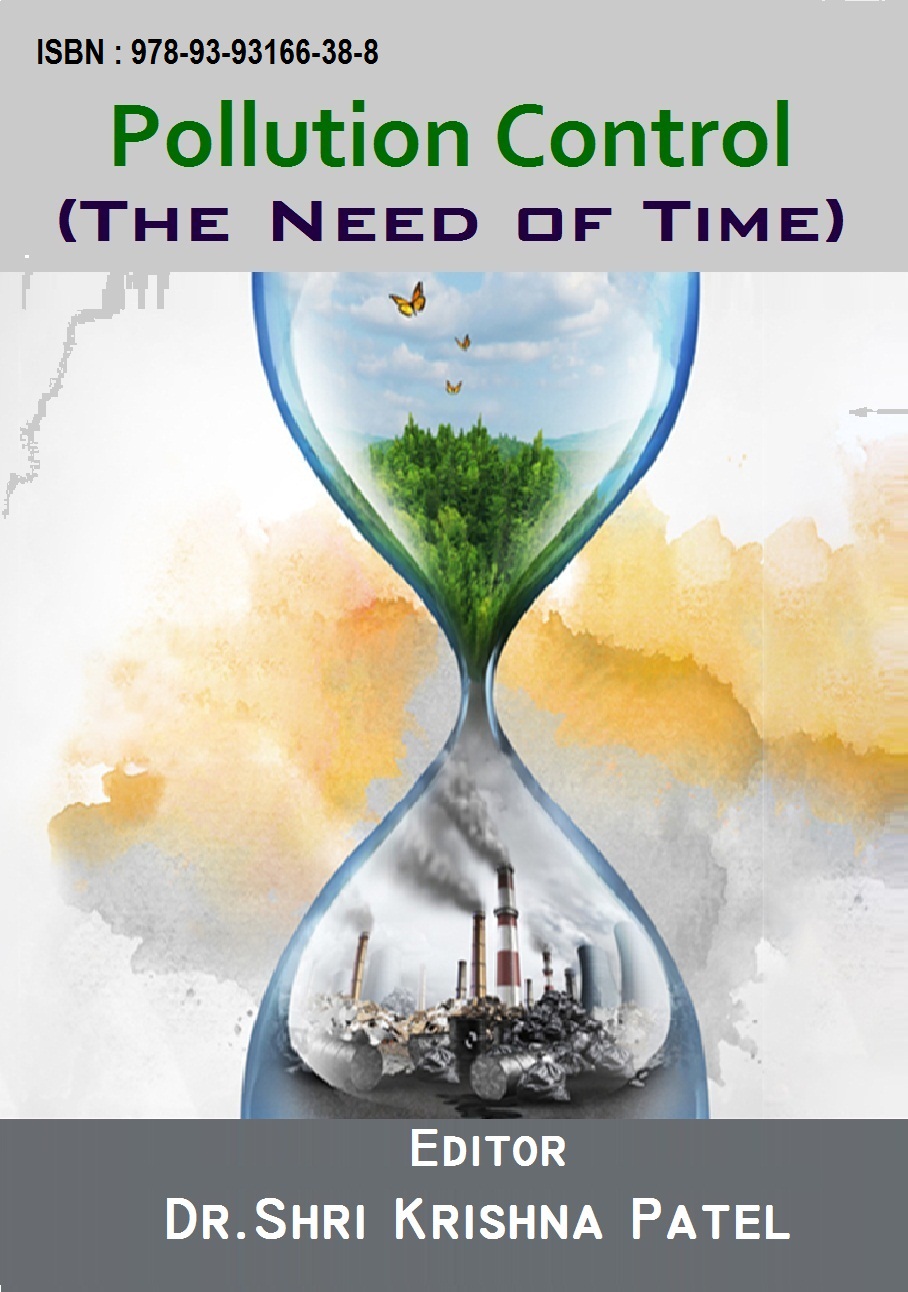 |
||||||||||||||||||||||||||||||||||||||||||||||||
| Pollution Control : The Need of Time ISBN: 978-93-93166-38-8 For verification of this chapter, please visit on http://www.socialresearchfoundation.com/books.php#8 |
||||||||||||||||||||||||||||||||||||||||||||||||
Adverse Effect of Heavy Metals on Environment by Improper Disposal of E - Waste |
||||||||||||||||||||||||||||||||||||||||||||||||
|
Dr. Rajeev Kumar Sharma
Assistant professor
Chemistry
D. S. College, Aligarh
Aligarh, Uttar Pradesh, India
|
||||||||||||||||||||||||||||||||||||||||||||||||
|
DOI: Chapter ID: 16541 |
||||||||||||||||||||||||||||||||||||||||||||||||
| This is an open-access book section/chapter distributed under the terms of the Creative Commons Attribution 4.0 International, which permits unrestricted use, distribution, and reproduction in any medium, provided the original author and source are credited. | ||||||||||||||||||||||||||||||||||||||||||||||||
Abstract E- waste consists of informal electronics appliance such
as mobiles, television, computer, telephones, electronic lamp, monitor, oven,
refrigerator government policy are forced to adopt the reuse producer to save
the environmental and money flaw and management E- waste but certain product
cannot be reuse hence it is necessary to recycle or dispose with precautions.
The improper disposal and recycling process generate toxic elements such as Pb,
Cr, Li, Hg, Se, Cd, Co, Ce, Be, As, Cu, Americium etc in the environment. This paper highlights improper manner of improper
disposal for e- waste and report the adverse effects of heavy metals on
environment and human health. and also focuses on the proper way for the
disposal of E- waste. Introduction The informal electrical and electronic products is well
known as e-waste and are considered dangerous. The component of these hazardous
material given the adverse effect to human health and environment. If informal
electronics material disposed improperly that can leach Pb, Cd, Co, Cr, Be, Hg,
Cu, As, Se and other substance in environment this paper focused on adverse
effect of heavy metals on the environment and human health by improper disposal[1-5] Thus the proper management is need while disposing or
recycling e-waste. These day computer, cell phone and other electronic
gadget are widely used in all kind of activities running from schools,
residences, Offices and other working sectors or industries. E-Toxic components in electronic and electrical device
can seep in the ground water landfills and toxic fumes emits into the
environment and the density of these hazards More increase by improper
disposal such as burning , crushing, dismantling of informal e-devices in open
area without used any safe guard to recover some valuable metals[6-10] They don't worried about the negative effect of e-waste,
components on environment and himself or human health. Effects on environment and human health The disposal of E- waste is a big problem faced in many
regions across the Globe. The adverse effect of improper disposal given in the
table number 1 and 2 Table-1
Table-2 Effects of E-waste consultant of human health
Management of E- waste 90-85% of informal electronic devices are disposed
recycle in improperly ultimately effect the environmental this necessitates to
implement the management measures[11-13] 1. Support green engineering. 2 Get the electronics devices from the vendor who can take
back for recycling. 3 Get the electronics goods from the vendor who can give
the long time care warranty[14-15] 4. Don’t throw the informal device are dumped in the
landfalls[16] 5. Informal devise delver the recycling organization[17-18] 6. The Industries can be done by sustainable product
design[18-19] 7. The Industries can be done by modification in
production process. 8. A product formulation may be replaced with less
hazardous or non hazardous material. 9. Recyclers reassure the waste on site, or off site or
inter industry exchange and properly disposed or recycle by different physico-
chemical methods. Conclusion India generates 5 million tons e-waste annually and rank
third in e-waste producing countries after China and The U.S. Solid waste
Management is challenging task in India .The e-waste management is another big
challenge because 95% of e-waste disposed into the informal sectors there is no
organized alternative available at present Delhi followed Mumbai with approx
9904.5 matric tone e-waste[20-22] It is very need full to implement infrastructure
including e-waste collection, treatment, transportation centers, recycle
centers, disposal centers at National, regional and district level for the
environmentally sound management of e-waste. The adverse effects of heavy metals Cd, Pb, Hg, As, Cr,
Brominates retardant and PVC on environment and human health tabulated on table
1-2 To avoid the adverse effects of heavy metals design the products are less
Informal, contain less toxic components reuse and recycle manner may help in
the reducing the wastes[23-24] and creating awareness
among the users and generating sectors is very important. Reference 1. Gagan Flora, Deepesh Gupta and Archna Tiwari (2012)
interdisciplinary toxicology 5(2),47-58 |